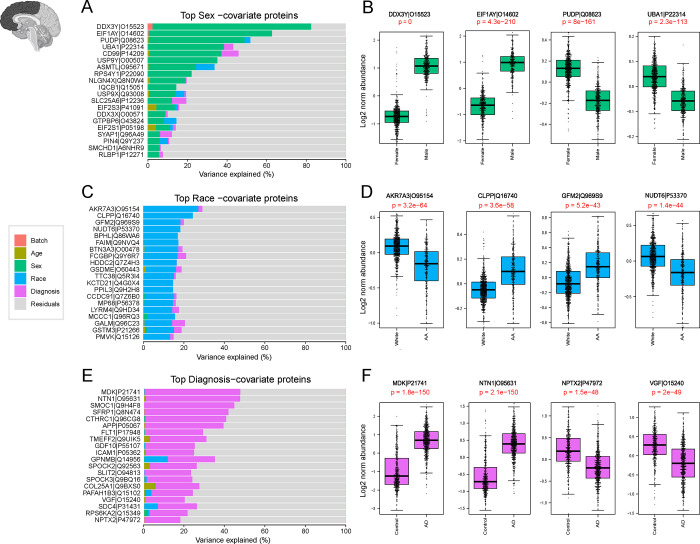Fig 4. Variance Explained by individual Characteristics in DLPFC Tissues.
The bar plots (A, C, E) depict the amount of variance explained by sex, race, and Alzheimer’s disease (AD) diagnosis across all DLPFC samples. A. Top-ranking proteins associated with sex in the dataset were identified through variance partitioning and depicted as bar plots. Boxplots in panel B illustrate the log2 normal abundance levels of four selected proteins exhibiting significant differences between males and females. These proteins serve as key indicators of sex-related variations and are depicted with statistical significance (p <0.05). C. Bar plots of top-ranking proteins associated with race differences in the DLPFC dataset. Boxplots in panel D illustrates the log2 normal abundance levels of four selected proteins demonstrating significant differences between African American individuals and other races (p <0.05). E. Bar plots identified top-ranking proteins contributing to the differences in the diagnosis of AD within the dataset. Boxplots in panel F display the log2 normal abundance levels of four selected proteins exhibiting significant differences between AD patients and controls, as well as other diagnostic categories (p <0.05).

